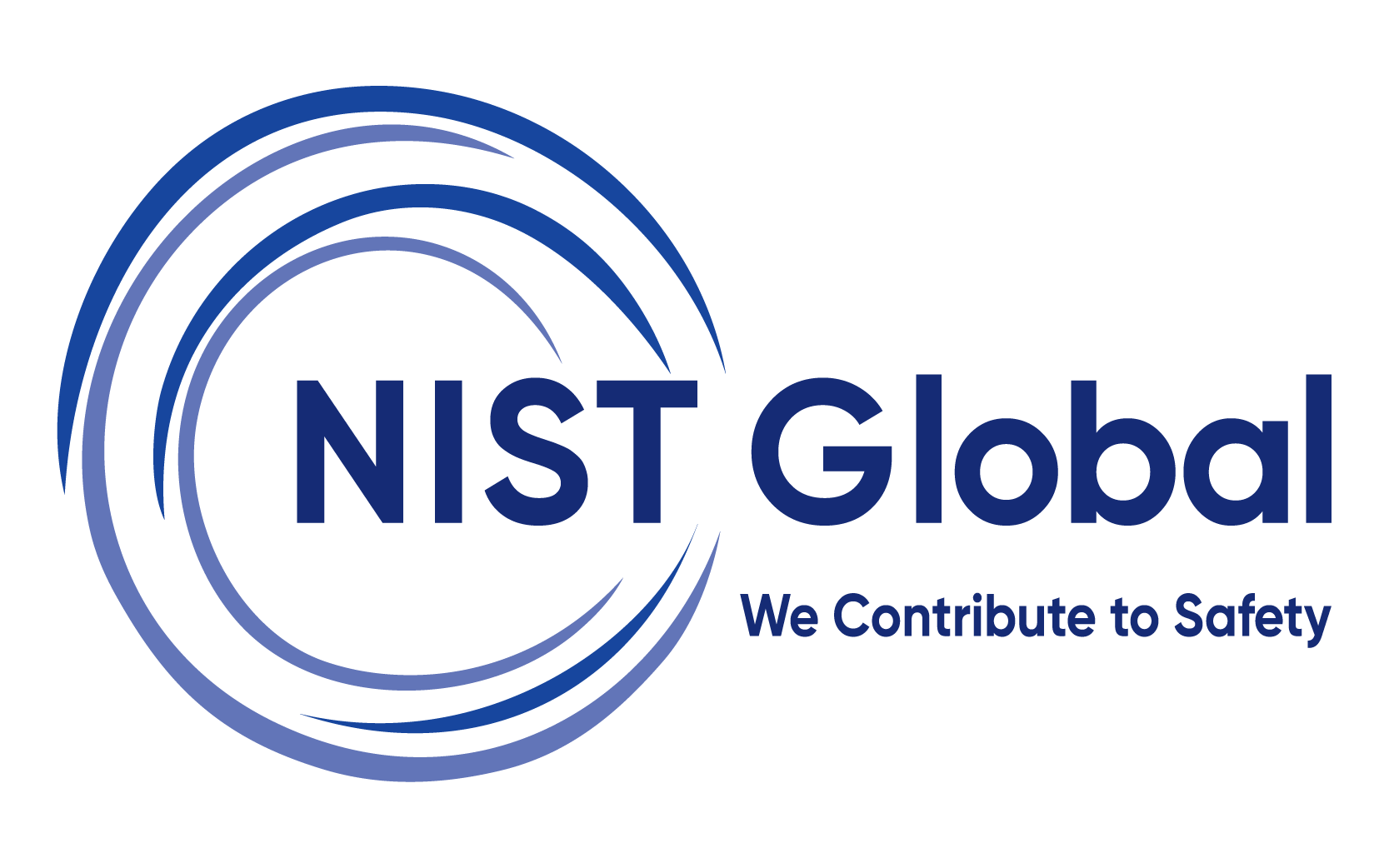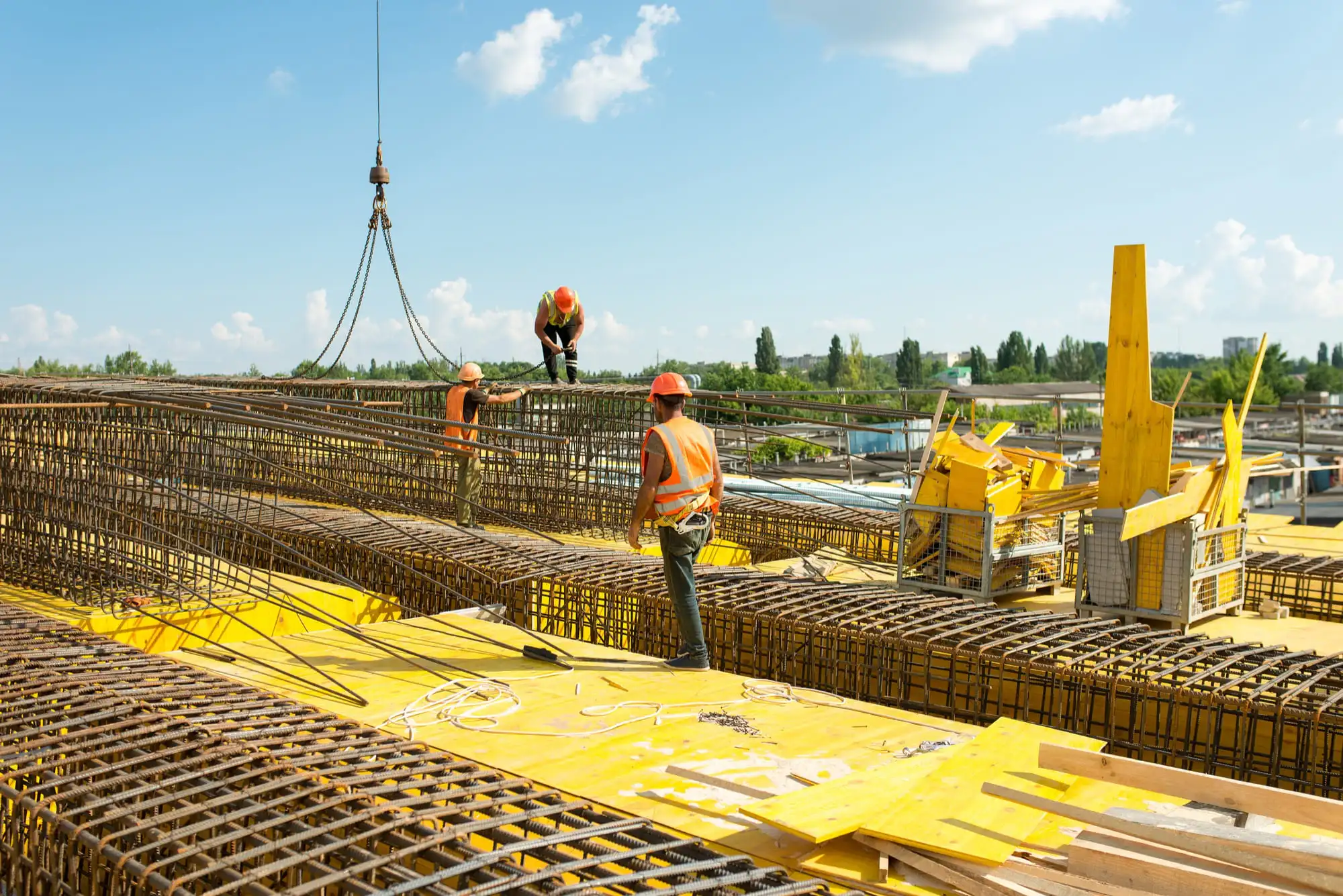Construction Safety
Construction Safety Training is a comprehensive program designed to equip construction workers, supervisors, and safety personnel with essential knowledge and skills to maintain a safe work environment. The training emphasizes on recognizing and reducing the wide range of hazards encountered on construction sites, including those who are working at heights, operating heavy machinery, handling electrical systems, and dealing with hazardous materials. Through the integration of theoretical understanding, the course fosters proactive safety culture, responsibility, and adherence to Indian and international safety standards.
Construction Safety Training
The fundamental components of the training are Work at Height Safety, Electrical and Equipment Safety, Personal Protective Equipment (PPE), Hazard Identification & Risk Assessment (HIRA), Material Handling and Rigging Safety, Fire Safety, Excavation and Trenching Safety, Chemical and Hazardous Material Safety, and good Site Housekeeping. The program also covers emergency preparedness and, enabling participants to respond with confidence in emergency situations and support a zero-incident worksite.
-
Duration1 Day
-
Training ModeVirtual/Face to Face
-
LevelIntermediate/Advance
-
LanguageEnglish and other regional languages based on availability
Why Should Employers Invest in this Training?
- Reduces Workplace Accidents: By lowering the risk of injuries, fatalities, and near-miss incidents on construction sites.
- Minimizes Costs & Liabilities: By Cutting down on insurance claims, medical expenses, legal penalties, and project delays.
- Boosts Productivity & Efficiency: By trained employees work more confidently and follow procedures accurately.
- Meet Legal and Industry Safety Standards: Such as Indian and, global standards, helping organizations meet audit and compliance requirements.
- Strengthens Workforce Morale & Engagement: Shows employees that their safety and well-being are top priorities.
- Improves Audit & Client Readiness: Enhances reputation during site inspections, client audits, and prequalification stages also promotes a zero harm safety culture.
Training Objective
The Construction Safety Training is aiming to enable participants with a solid understanding of core safety principles, legal obligations, importance of construction safety and industry best practices relevant to construction environments. Learners will develop the ability to identify site-specific hazards, conduct risk assessments, and implement appropriate control measures. The training is emphasizing safe work practices across high-risk activities such as working at heights, excavation, material handling, and confined space entry. Participants will learn about the correct selection and use of Personal Protective Equipment (PPE), along with effective emergency response techniques for incidents like fire, equipment failure, and chemical exposure. By the end of the course, learners are prepared to actively support a proactive safety culture, demonstrate accountability in daily operations, and contribute meaningfully to achieving zero-incident goals on construction sites.
Training Methodology
Case Study
Analysis
Knowledge
Checks
Hazard
Identification
Virtual
Mode
Final
Assesment
How Will This Training Strengthen Workforce Readiness?
Construction safety training prepares workers with the skills and mind-set needed to perform tasks safely and efficiently. It enhances preparedness, reduces risk, and ensures operational consistency across the workforce.
- Develops Safety Competence - Workers gain the ability to identify, assess, and control site hazards. This builds confidence in applying safe work practices in real scenarios.
- Enhances Job-Specific Readiness - Training is designed for roles such as riggers, scaffolders, or crane operators. This ensures they follow correct procedures under pressure.
- Improves Responsiveness to Changing Conditions - Workers are trained to react safely to weather changes, material shifts, or equipment malfunctions. This readiness reduces on-site incidents.
- Encourages Proactive Behaviour - Safety training enables workers to report hazards and take preventive actions. It fosters a culture where safety is everyone's responsibility.
- Standardizes New Worker On boarding - Induction programs instil consistent safety awareness across teams. This shortens the learning curve for new hires and contractual staff.
- Prepares for Career Growth - Certified safety training develops potential for supervisory and leadership roles. It builds a pipeline of capable workers ready to take on more responsibility.
Who can take this course?
This course is ideal for individuals who work in or are responsible for managing tasks involving confined spaces. It is suitable for both operational and supervisory roles across industries.
This course is ideal for:
- Site Workers
- Equipment Operators
- Maintenance and utility operators
- HSE Personnel
Assessment
✅ Multiple-choice questionnaire (MCQ)
Training Mode
Face to face training
Virtual training

